It works, but it only works on Linux so they don’t advertise it. You may need to update the firmware to get the best experience too.
- 90 Posts
- 404 Comments

 6·2 days ago
6·2 days agoI use both 1 and 3, personally (although docker rather than podman). I normally prefer the nix way but it doesn’t support every service. I like that nix config is all in one place. In theory, so is docker-compose to am extent but there are usually exceptions and things can get complex. I also hate having to directly manage containers with minimal commandline tools.
But yeah the whole translate config routine in nix is kind of annoying, and I often need to experiment to get the options right if they aren’t documented.
DP to HDMI adapter that supports VRR or FreeSync.
Here you go: https://www.amazon.com/Cable-Matters-102101-BLK-Computer-Adapter/dp/B08XFSLWQF
It’s slightly quirky, but it does work. Although I don’t use HDMI audio so maybe you’re already using the same adapter.

 1·2 days ago
1·2 days ago0.82 is only two weeks old, so you would have needed nightly up until that point for most newer Garmin devices. I did uninstall Connect shortly after but I think you just have to make sure it’s not running, as I know some use both apps.

 1·2 days ago
1·2 days agoGadget bridge doesn’t really work for any “new” (i might be wrong here) devices.
Most newer Garmin devices should work since 0.82 (and earlier with nightly). It’s not feature complete compared to using Gadget Connect but should be enough for most use cases, unless you really care about the social/awards aspect and some of the deeper metrics (although if you’re handy with SQL you can handle that yourself).
Not being able to set an event date and have “daily suggested workouts” follow that is my only annoyance, although I’ve been happy just using the defaults for now.
Hey buddy, I gotta movie for ya. A Fridge Too Far!

 2·3 days ago
2·3 days ago(What about options in flakes.nix? Should I search those on the flakes/options tab?)
Not quite sure what you mean here. I normally only configure out-of-tree packages as flake modules (or whatever the term is), and I don’t think there is an official collection/search page for these. It’s mainly that certain packages require it like
lanzaboote, andhome-managerfor that matter.Once I enabled home-manager, I saw that in ~/.config/nixos a flakes.nix and a home.nix files appeared. I already have a flake.nix and a home.nix files in my etc/nixos directory. What’s going on?
It sounds like you configured
home-managersystem wide, probably through /etc/nixos/flake.nix, but then called thehome-managerexecutable. If you did configure it like this then you do not need to callhome-managerever sincenixos-rebuildetc commands will handle this for you.Does putting packages in configuration.nix use the version control flakes provide?
Typically, it will be configured to follow
inputs.nixpkgsso packages will use versions of whatever revision is currently pulled. In my system that is:inputs.nixpkgs.url = "github:NixOS/nixpkgs/nixos-unstable";and then you essentially pass that to
configuration.nix, andhome.nix.And although you seem to already be using flakes, when you call:
nix flake updatea new revision of input.nixpkgs will be pulled, and so packages configured in configuration.nix will be updated when you next call
nixos-rebuild switchor whatever you used to update your system.
Refer to: https://nixos-and-flakes.thiscute.world/
if you haven’t already as there is where I got started from for the most part. There’s a lot more detail I missed since nix and flakes are pretty complex (and I don’t fully understand much of it either).

 6·3 days ago
6·3 days agoSystem packages in configuration.nix, user packages in home.nix. I’d say anything that is non-interactive and/or requires root access is a good rule of thumb for system packages. Beyond that I try to use modules for configuring packges and there is usually only one of nixos and home manager options (sometimes there are duplicates).
As for flakes I mostly use it to handle a bunch of different systems from one config and any flake specific configs. I also use standalone flakes for dev environments but that’s not related to the system config.

 29·3 days ago
29·3 days agoThey are planning to use KVM under the hood in the future. But who cares when we have qemu and libvirt.
The old Union Pacific doesn’t come by here much anymore.

 34·6 days ago
34·6 days agoThe irony being that healthy teeth don’t look anywhere near that white.

 1·7 days ago
1·7 days agoYou can actually play from the UI too, but it’s not particularly nice to use (or intended to be used that way).

 2·7 days ago
2·7 days agoAnother issue is that zwave isn’t available in all countries (or it is but uses incompatible frequencies) so it’s less useful outside the big markets.

 6·7 days ago
6·7 days agoI’ll add pinchflat as an alternative with the same aim.

 25·7 days ago
25·7 days agoThat’s the point of this standard, at least in theory. Same with the older but still common ZigBee standard.

 71·10 days ago
71·10 days agoPerplexica is one example. I also seem to remember there is some way to integrate it with SearxNG which is a self hosted meta search engine.

 45·10 days ago
45·10 days agoI’m going to have to try the selfhosted variants now. What a huge piece of shit.

 44·10 days ago
44·10 days ago-
FPTP voting system
-
Voting isn’t compulsory so a lot depends upon on riling up your base
-
Voting is on a Tuesday instead of a weekend (or a public holiday)
-
Political parties draw up the electoral boundaries instead of an independent body
-
The absurdly long leadup to an election
-
The amount of money thrown around
-

 6·13 days ago
6·13 days ago…I withdraw my question.



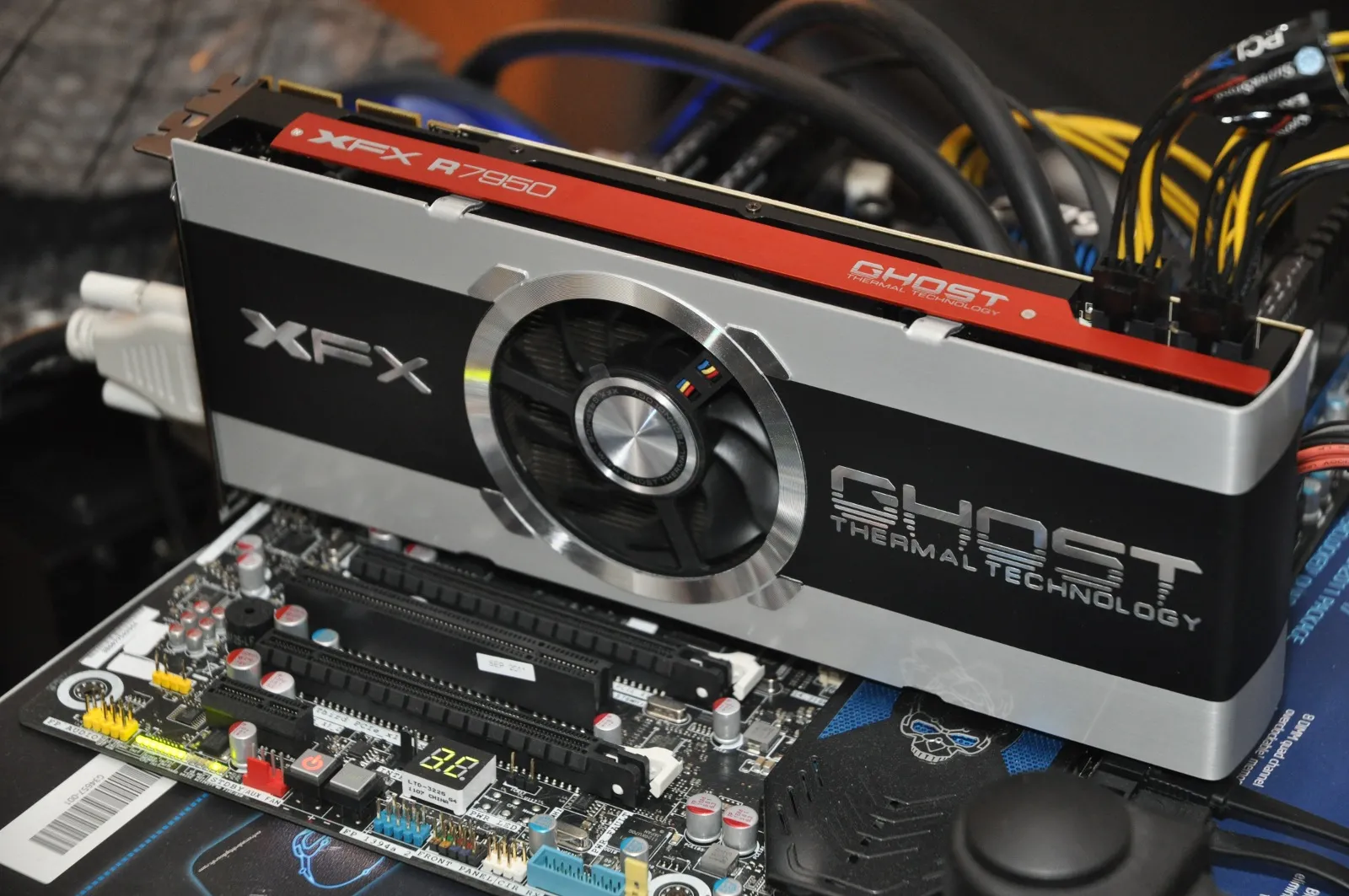

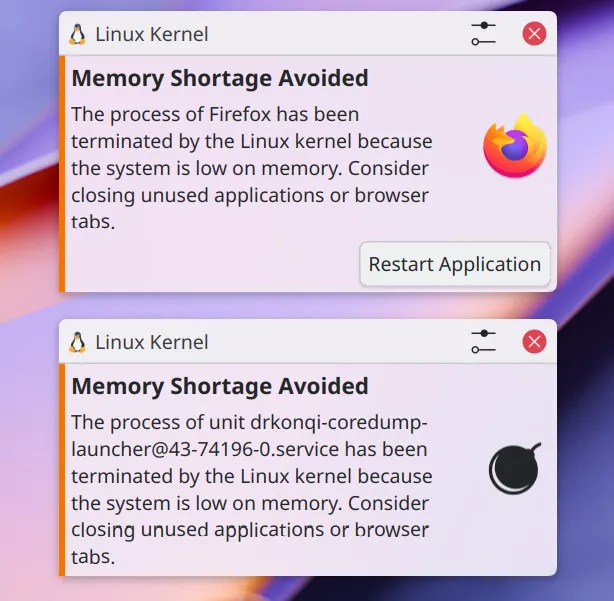

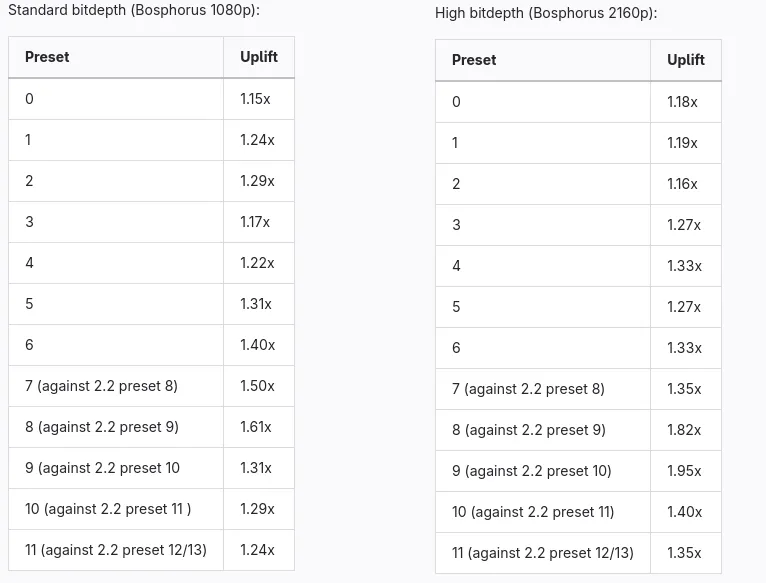

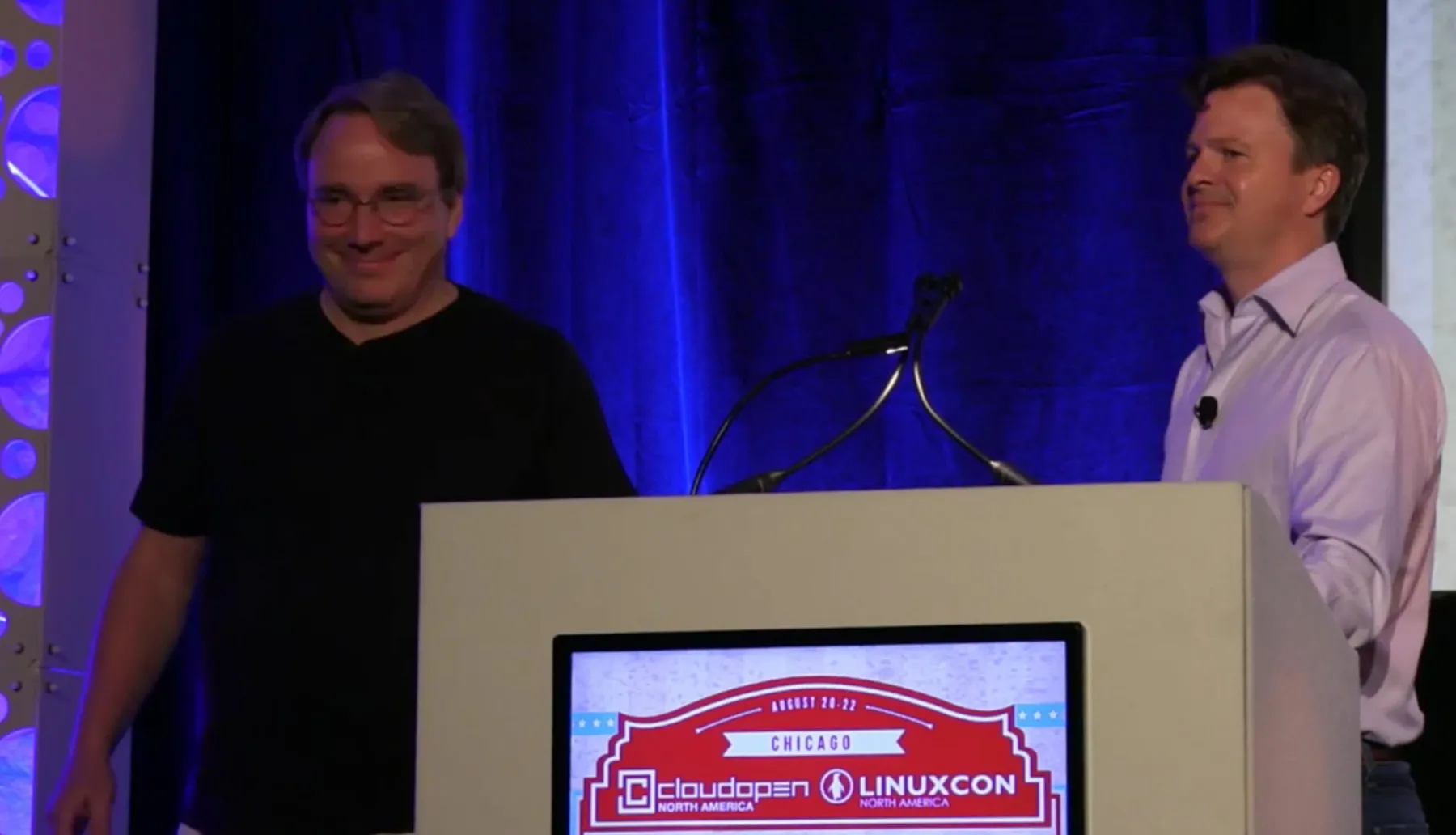





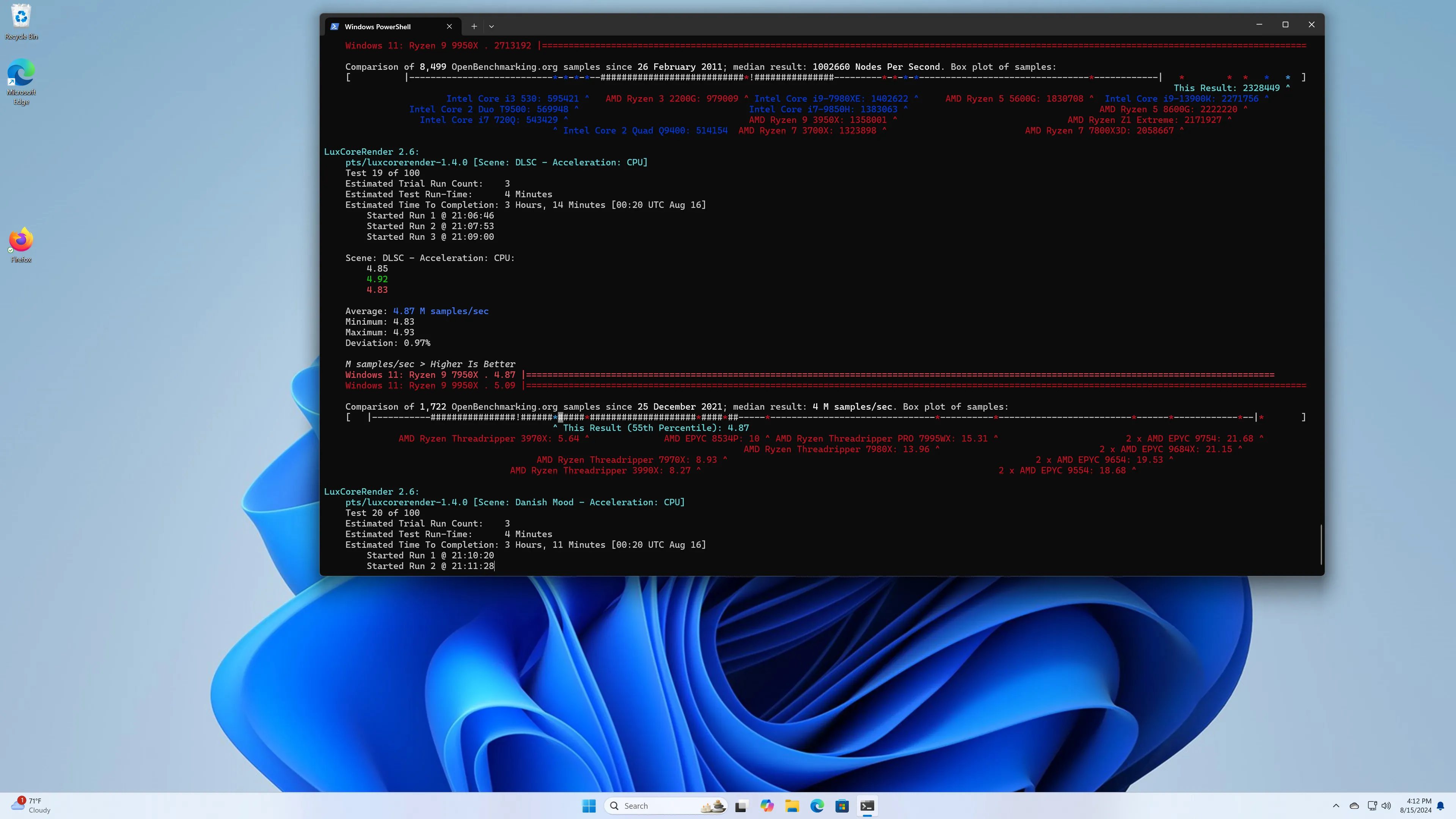
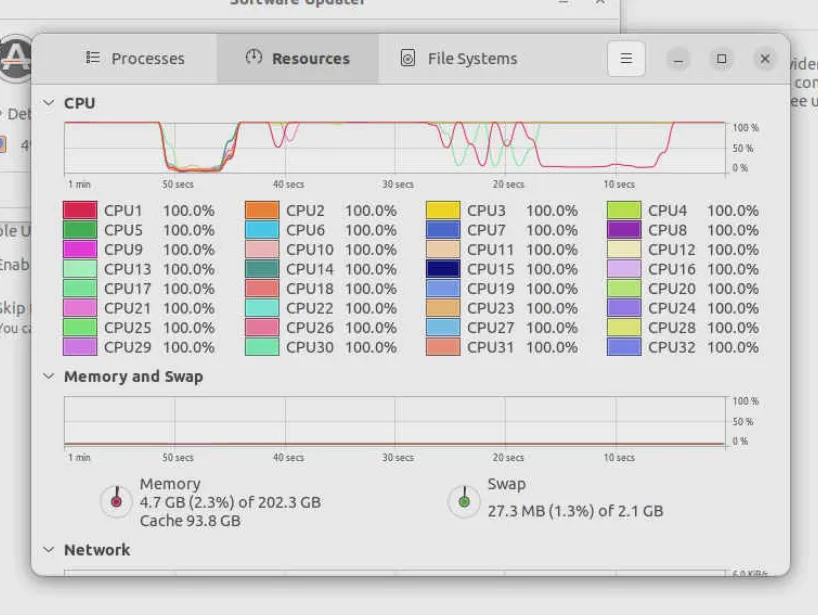


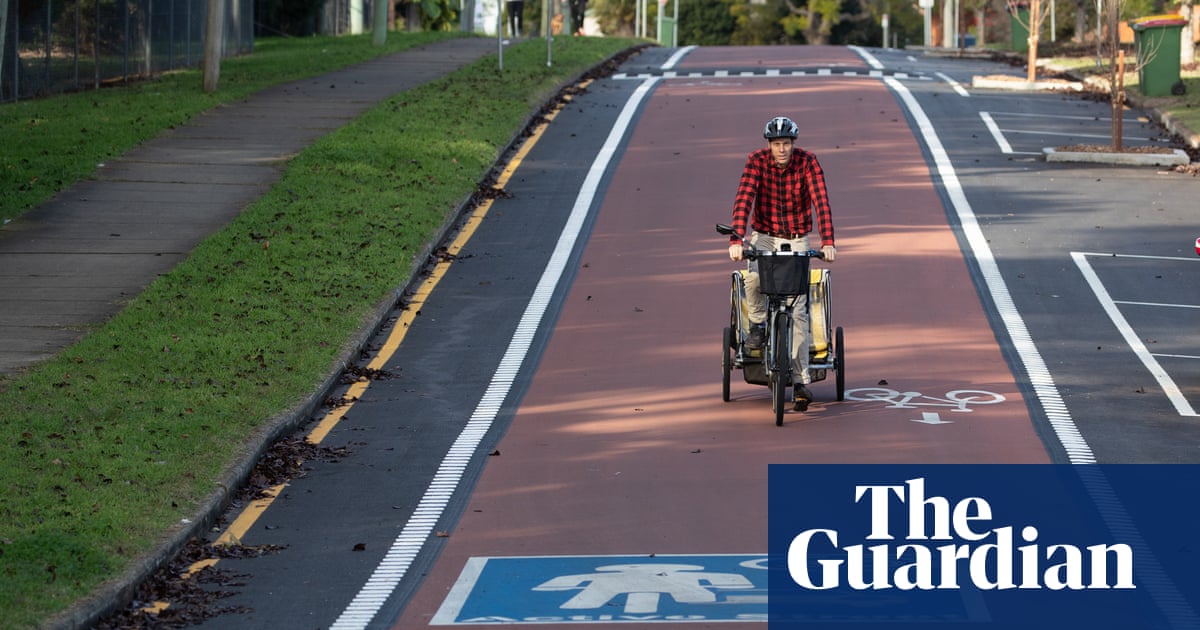
I don’t think it ever applied to emergency vehicles, although I’m not sure about school buses.
Indeed:
I’m not sure if commuter buses include school buses, but you’d expect it too.
The main changes seem to be a reduction in tolls. Which is fine as a starting point, although I hope they increase relatively quickly.